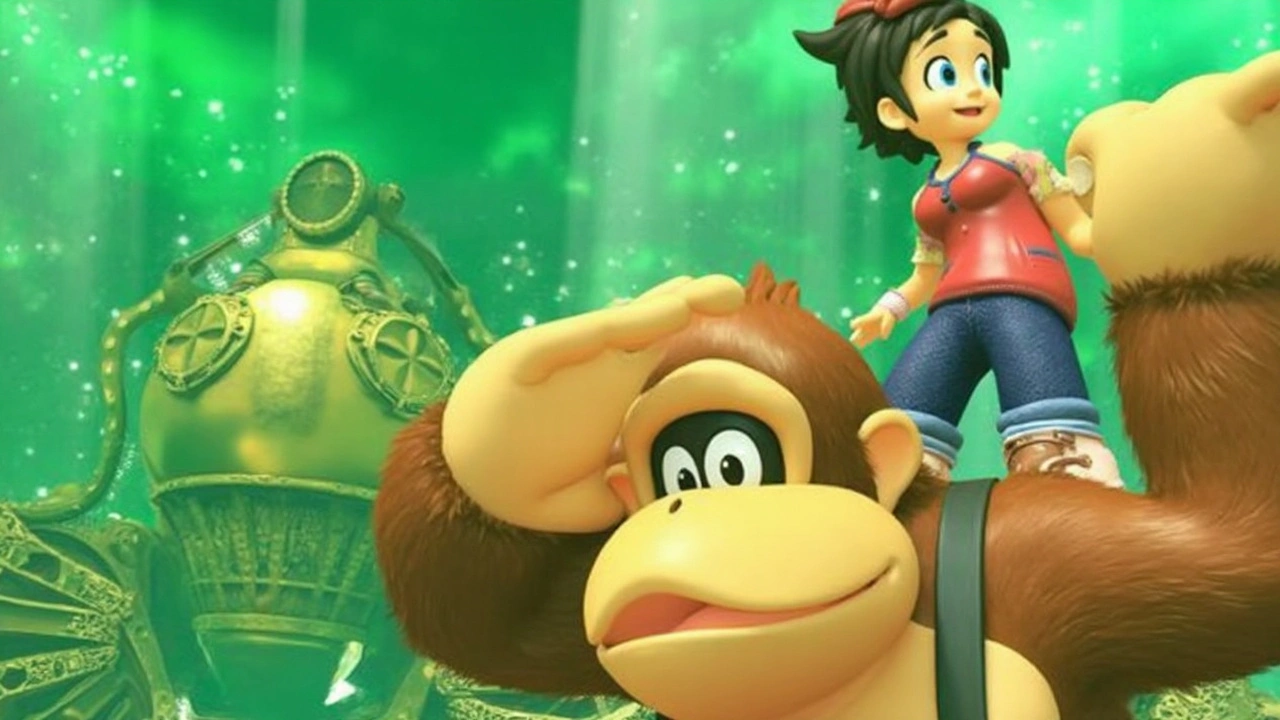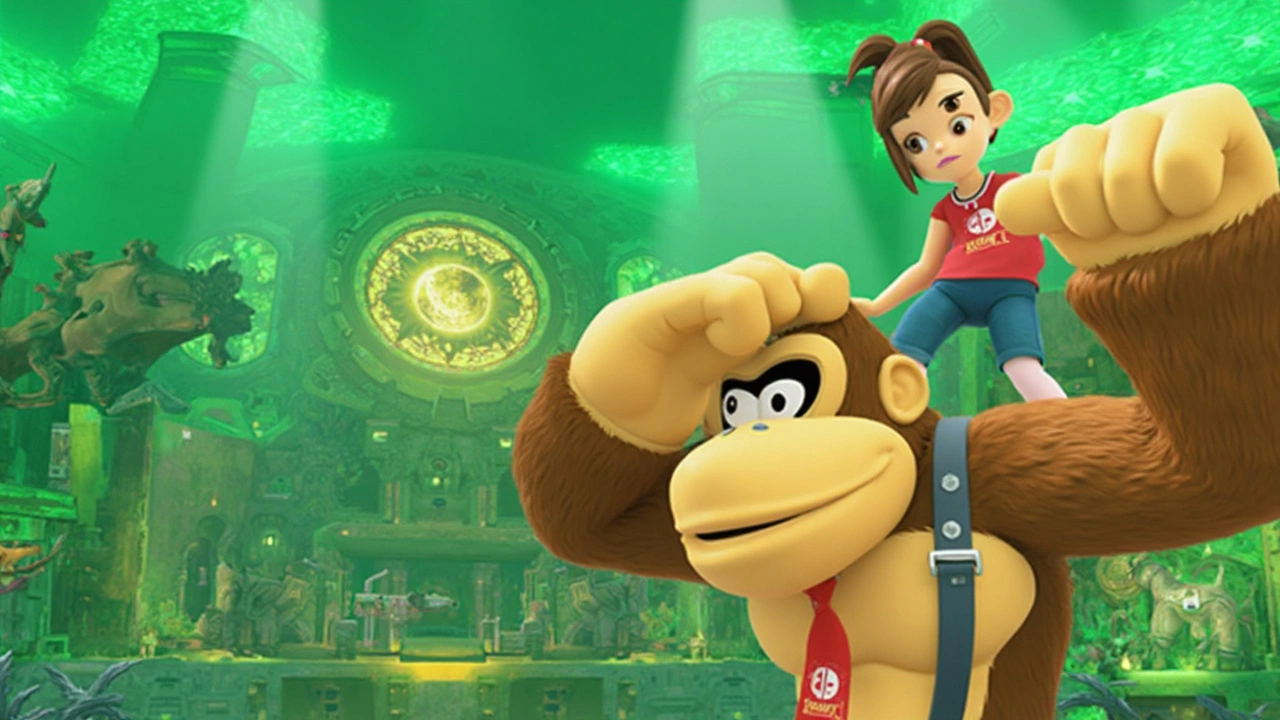From Switch to Switch 2: The Behind-the-Scenes Move of Donkey Kong Bananza
When it comes to Nintendo’s legendary characters, Donkey Kong has always been about pure power and unforgettable platforming. With Donkey Kong Bananza finally making waves in 2025, fans are soaking up the most interactive, chaotic DK adventure yet. But getting there wasn’t as easy as slapping a new coat of paint on an old favorite — the game’s journey from the original Switch to Switch 2 is a story about ambition crashing against hardware walls, and a talented team determined to smash through them.
Development on Bananza kicked off in the late 2010s. Nintendo’s Entertainment Planning & Development Group No. 8, led by producer Kenta Motokura and co-directors Kazuya Takahashi and Wataru Tanaka, aimed to reboot DK for a new era. Their big pitch: a 3D platformer where players could rip apart environments, topple massive structures, and trigger chain reactions across sprawling open areas. The initial goal was simple — but the execution was anything but.
On the original Switch, things started hitting the wall fast. Motokura’s team tried to deliver sprawling worlds packed with destructible objects, but the hardware simply couldn’t keep up. The frame rate would tank, objects would disappear, and that exhilarating feel of dynamic destruction faded as the world grew more static. According to folks inside Nintendo, the crowning blow was the terrain system — inspired by Super Mario Odyssey’s voxel tech — which couldn’t hit the level of flexibility the designers imagined. “It became clear that our biggest ideas just wouldn’t fit inside the box,” Takahashi later explained.

Switch 2: Unleashing Donkey Kong’s True Potential
Instead of scaling back, the team made a gutsy call in 2021: pause Switch development, ramp up for Switch 2. This pivot wasn’t just about shinier graphics. The new hardware let them crank up the object density, make every boulder smashable, and keep gameplay locked at a buttery 60 frames per second. Suddenly, ideas that were pie-in-the-sky — like chain-reaction explosions and terrain that changed with every punch — were back on the menu. Takahashi even revived abandoned sketches of crumbling ruins and collapsing bridges, knowing Switch 2 could handle the madness.
The voxel tech, originally built to bring Mario to life, was souped up for DK’s raw power. Now, instead of bopping across static platforms, players could literally carve new paths through the jungle, blast open secret areas, and even take down towering enemy fortresses piece by piece. The sense of freedom stunned critics during early demos, and it’s paid off: Bananza has earned praise for honoring the spirit of Donkey Kong Country and Donkey Kong 64 while pushing the series in an entirely new direction.
July 17, 2025, finally saw the game’s release. Not only was it Nintendo’s first Donkey Kong title developed in-house since Jungle Beat back in 2004, it marked the gorilla’s triumphant 3D return after more than two decades. Fans are diving deep into every secret and smashing every wall, celebrating a Donkey Kong that feels both classic and totally next-gen. All thanks to a team that refused to settle for anything less than the ultimate DK experience — and a hardware leap that brought their over-the-top vision roaring to life.

Arlen Fitzpatrick
My name is Arlen Fitzpatrick, and I am a sports enthusiast with a passion for soccer. I have spent years studying the intricacies of the game, both as a player and a coach. My expertise in sports has allowed me to analyze matches and predict outcomes with great accuracy. As a writer, I enjoy sharing my knowledge and love for soccer with others, providing insights and engaging stories about the beautiful game. My ultimate goal is to inspire and educate soccer fans, helping them to deepen their understanding and appreciation for the sport.
view all postsWrite a comment